使用 Python 将点分隔值转换为 Go 结构
小伙伴们有没有觉得学习Golang很有意思?有意思就对了!今天就给大家带来《使用 Python 将点分隔值转换为 Go 结构》,以下内容将会涉及到,若是在学习中对其中部分知识点有疑问,或许看了本文就能帮到你!
这是对可以更改配置的应用程序的特定要求(特别是 wso2 identity server,因为我正在使用 go 为其编写 kubernetes 运算符)。但这里确实不相关。我想创建一个解决方案,允许轻松管理大量配置映射以生成 go 结构。这些配置映射在 .csv 中
链接到 .csv - my_configs.csv
我想要, 编写一个自动生成 go 结构的 python 脚本,这样对应用程序配置的任何更改都可以通过简单地执行 python 脚本创建相应的 go 结构来更新。我指的是应用程序本身的配置。例如,可以更改 csv 中的 toml 键名称/可以添加新值。
到目前为止,我已经成功创建了一个 python 脚本,几乎实现了我的目标。脚本是,
import pandas as pd
def convert_to_dict(data):
result = {}
for row in data:
current_dict = result
for item in row[:-1]:
if item is not none:
if item not in current_dict:
current_dict[item] = {}
current_dict = current_dict[item]
return result
def extract_json_key(yaml_key):
if isinstance(yaml_key, str) and '.' in yaml_key:
return yaml_key.split('.')[-1]
else:
return yaml_key
def add_fields_to_struct(struct_string,go_var,go_type,json_key,toml_key):
struct_string += str(go_var) + " " + str(go_type) + ' `json:"' + str(json_key) + ',omitempty" toml:"' +str(toml_key) + '"` ' + "\n"
return struct_string
def generate_go_struct(struct_name, struct_data):
struct_name="configurations" if struct_name == "" else struct_name
struct_string = "type " + struct_name + " struct {\n"
yaml_key=df['yaml_key'].str.split('.').str[-1]
# base case: generate fields for the current struct level
for key, value in struct_data.items():
selected_rows = df[yaml_key == key]
if len(selected_rows) > 1:
go_var = selected_rows['go_var'].values[1]
toml_key = selected_rows['toml_key'].values[1]
go_type=selected_rows['go_type'].values[1]
json_key=selected_rows['json_key'].values[1]
else:
go_var = selected_rows['go_var'].values[0]
toml_key = selected_rows['toml_key'].values[0]
go_type=selected_rows['go_type'].values[0]
json_key=selected_rows['json_key'].values[0]
# add fields to the body of the struct
struct_string=add_fields_to_struct(struct_string,go_var,go_type,json_key,toml_key)
struct_string += "}\n\n"
# recursive case: generate struct definitions for nested structs
for key, value in struct_data.items():
selected_rows = df[yaml_key == key]
if len(selected_rows) > 1:
go_var = selected_rows['go_var'].values[1]
else:
go_var = selected_rows['go_var'].values[0]
if isinstance(value, dict) and any(isinstance(v, dict) for v in value.values()):
nested_struct_name = go_var
nested_struct_data = value
struct_string += generate_go_struct(nested_struct_name, nested_struct_data)
return struct_string
# read excel
csv_file = "~/downloads/my_configs.csv"
df = pd.read_csv(csv_file)
# remove rows where all columns are nan
df = df.dropna(how='all')
# create the 'json_key' column using the custom function
df['json_key'] = df['yaml_key'].apply(extract_json_key)
data=df['yaml_key'].values.tolist() # read the 'yaml_key' column
data = pd.dataframe({'column':data}) # convert to dataframe
data=data['column'].str.split('.', expand=true) # split by '.'
nested_list = data.values.tolist() # convert to nested list
data=nested_list
result_json = convert_to_dict(data) # convert to dict (json)
# the generated co code
go_struct = generate_go_struct("", result_json)
# write to file
file_path = "output.go"
with open(file_path, "w") as file:
file.write(go_struct)
问题是(查看 csv 的下面部分),
authentication.authenticator.basic authentication.authenticator.basic.parameters authentication.authenticator.basic.parameters.showAuthFailureReason authentication.authenticator.basic.parameters.showAuthFailureReasonOnLoginPage authentication.authenticator.totp authentication.authenticator.totp.parameters authentication.authenticator.totp.parameters.showAuthFailureReason authentication.authenticator.totp.parameters.showAuthFailureReasonOnLoginPage authentication.authenticator.totp.parameters.encodingMethod authentication.authenticator.totp.parameters.timeStepSize
这里,由于 basic 和 totp 字段 parameters 重复,因此脚本会混淆自身并生成两个 totpparameters 结构。预期结果是具有 basicparameters 和 totpparameters 结构。 csv 的 yaml_key 列中存在许多类似的重复单词。
我知道这与 go_var = selected_rows['go_var'].values[1] 中索引被硬编码为 1 有关,但很难修复此问题。
有人可以指点我一个答案吗?我认为,
- 递归函数的问题
- 生成 json 的代码存在问题 可能是此问题的根本原因。
谢谢!
我也尝试过使用 chatgpt,但是由于这与嵌套和递归有关,因此 chatgpt 提供的答案不是很有效。
更新
我发现包含 properties、pooloptions、endpoint 和 parameters 字段的行存在问题。这是因为它们在 yaml_key 列中重复。
正确答案
我能够解决这个问题。但是,我必须完全使用一种新方法来解决问题,即使用树数据结构,然后遍历它。这是其背后的主要逻辑 - https://www.geeksforgeeks.org/level-顺序树遍历/
这是工作的python代码。
import pandas as pd
from collections import deque
structs=[]
class TreeNode:
def __init__(self, name):
self.name = name
self.children = []
self.path=""
def add_child(self, child):
self.children.append(child)
def create_tree(data):
root = TreeNode('')
for item in data:
node = root
for name in item.split('.'):
existing_child = next((child for child in node.children if child.name == name), None)
if existing_child:
node = existing_child
else:
new_child = TreeNode(name)
node.add_child(new_child)
node = new_child
return root
def generate_go_struct(struct_data):
struct_name = struct_data['struct_name']
fields = struct_data['fields']
go_struct = f"type {struct_name} struct {{\n"
for field in fields:
field_name = field['name']
field_type = field['type']
field_default_val = str(field['default_val'])
json_key=field['json_key']
toml_key=field['toml_key']
tail_part=f"\t{field_name} {field_type} `json:\"{json_key},omitempty\" toml:\"{toml_key}\"`\n\n"
if pd.isna(field['default_val']):
go_struct += tail_part
else:
field_default_val = "\t// +kubebuilder:default:=" + field_default_val
go_struct += field_default_val + "\n" + tail_part
go_struct += "}\n\n"
return go_struct
def write_go_file(go_structs, file_path):
with open(file_path, 'w') as file:
for go_struct in go_structs:
file.write(go_struct)
def create_new_struct(struct_name):
struct_name = "Configurations" if struct_name == "" else struct_name
struct_dict = {
"struct_name": struct_name,
"fields": []
}
return struct_dict
def add_field(struct_dict, field_name, field_type,default_val,json_key, toml_key):
field_dict = {
"name": field_name,
"type": field_type,
"default_val": default_val,
"json_key":json_key,
"toml_key":toml_key
}
struct_dict["fields"].append(field_dict)
return struct_dict
def traverse_tree(root):
queue = deque([root])
while queue:
node = queue.popleft()
filtered_df = df[df['yaml_key'] == node.path]
go_var = filtered_df['go_var'].values[0] if not filtered_df.empty else None
go_type = filtered_df['go_type'].values[0] if not filtered_df.empty else None
if node.path=="":
go_type="Configurations"
# The structs themselves
current_struct = create_new_struct(go_type)
for child in node.children:
if (node.name!=""):
child.path=node.path+"."+child.name
else:
child.path=child.name
filtered_df = df[df['yaml_key'] == child.path]
go_var = filtered_df['go_var'].values[0] if not filtered_df.empty else None
go_type = filtered_df['go_type'].values[0] if not filtered_df.empty else None
default_val = filtered_df['default_val'].values[0] if not filtered_df.empty else None
# Struct fields
json_key = filtered_df['yaml_key'].values[0].split('.')[-1] if not filtered_df.empty else None
toml_key = filtered_df['toml_key'].values[0].split('.')[-1] if not filtered_df.empty else None
current_struct = add_field(current_struct, go_var, go_type,default_val,json_key, toml_key)
if (child.children):
# Add each child to the queue for processing
queue.append(child)
go_struct = generate_go_struct(current_struct)
# print(go_struct,"\n")
structs.append(go_struct)
write_go_file(structs, "output.go")
csv_file = "~/Downloads/my_configs.csv"
df = pd.read_csv(csv_file)
sample_data=df['yaml_key'].values.tolist()
# Create the tree
tree = create_tree(sample_data)
# Traverse the tree
traverse_tree(tree)
非常感谢您的帮助!
文中关于的知识介绍,希望对你的学习有所帮助!若是受益匪浅,那就动动鼠标收藏这篇《使用 Python 将点分隔值转换为 Go 结构》文章吧,也可关注golang学习网公众号了解相关技术文章。
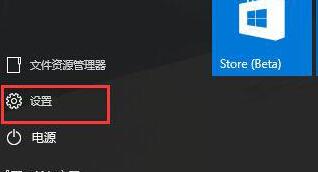 WIN10系统设置自动搜索网络的操作步骤
WIN10系统设置自动搜索网络的操作步骤
- 上一篇
- WIN10系统设置自动搜索网络的操作步骤

- 下一篇
- Python怎么调用实现最小二乘法
-

- Golang · Go问答 | 1年前 |
- 在读取缓冲通道中的内容之前退出
- 139浏览 收藏
-
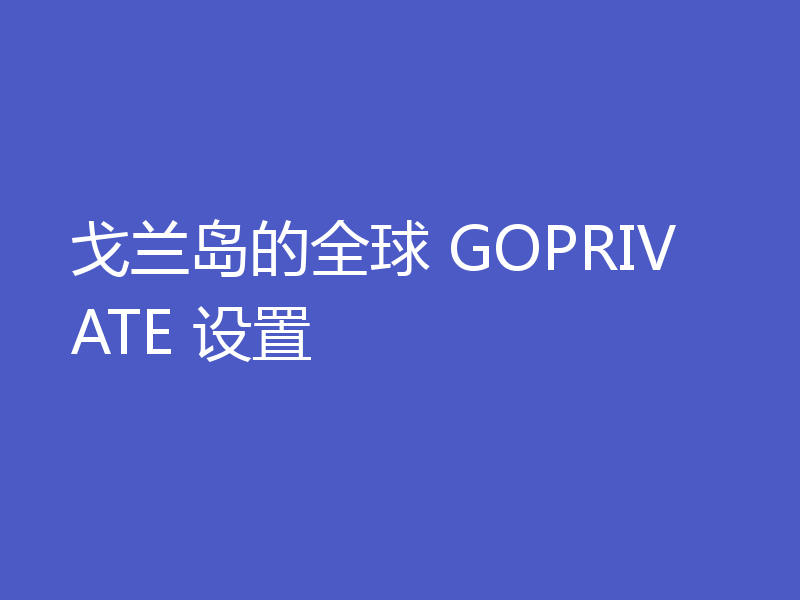
- Golang · Go问答 | 1年前 |
- 戈兰岛的全球 GOPRIVATE 设置
- 204浏览 收藏
-

- Golang · Go问答 | 1年前 |
- 如何将结构作为参数传递给 xml-rpc
- 325浏览 收藏
-
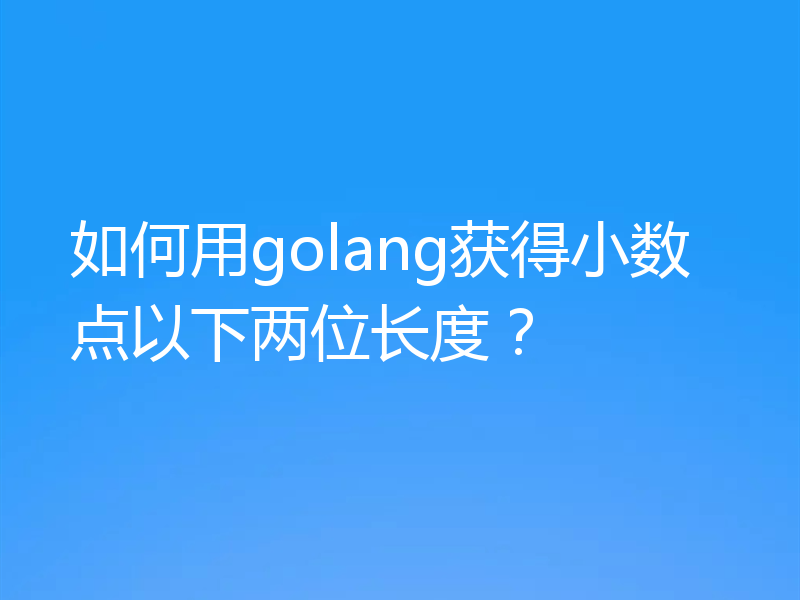
- Golang · Go问答 | 1年前 |
- 如何用golang获得小数点以下两位长度?
- 478浏览 收藏
-
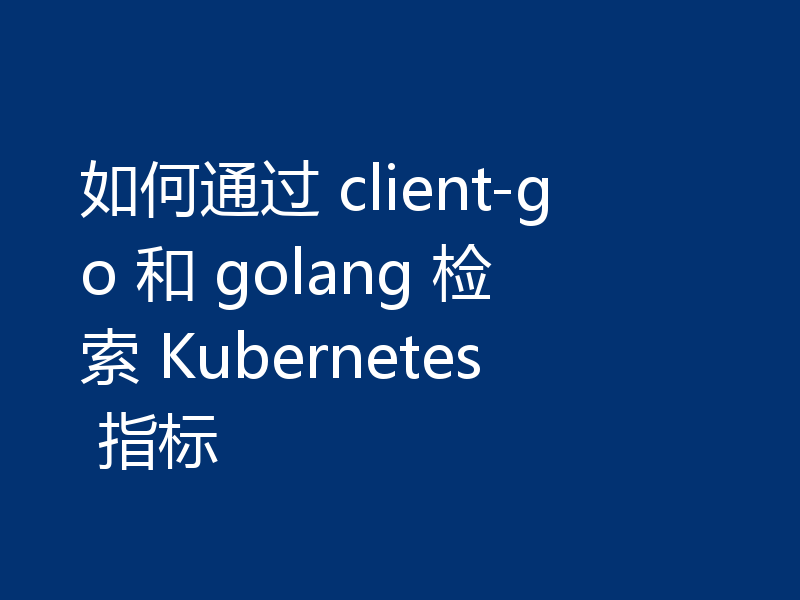
- Golang · Go问答 | 1年前 |
- 如何通过 client-go 和 golang 检索 Kubernetes 指标
- 486浏览 收藏
-

- Golang · Go问答 | 1年前 |
- 将多个“参数”映射到单个可变参数的习惯用法
- 439浏览 收藏
-
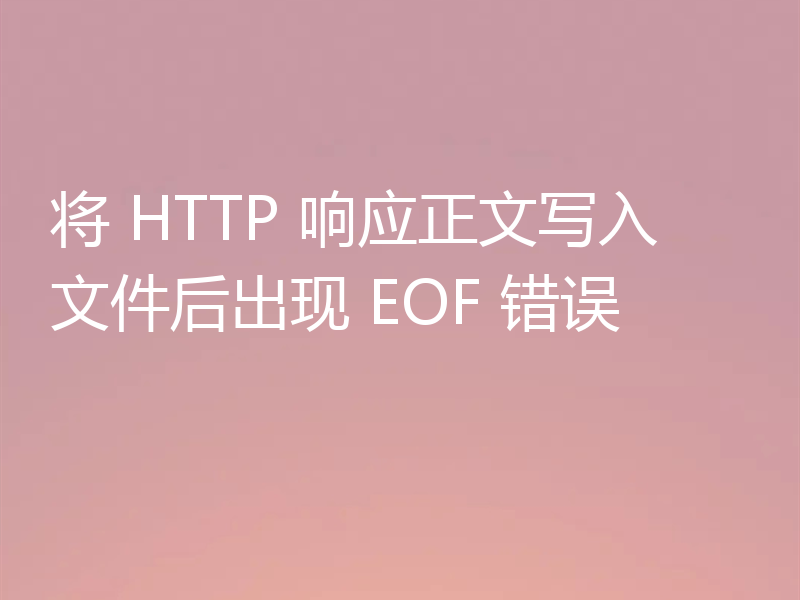
- Golang · Go问答 | 1年前 |
- 将 HTTP 响应正文写入文件后出现 EOF 错误
- 357浏览 收藏
-

- Golang · Go问答 | 1年前 |
- 结构中映射的匿名列表的“复合文字中缺少类型”
- 352浏览 收藏
-
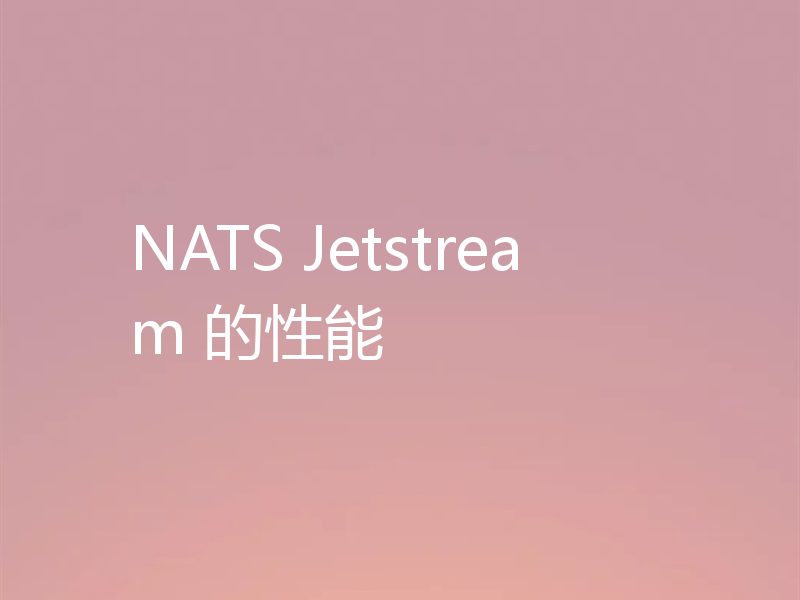
- Golang · Go问答 | 1年前 |
- NATS Jetstream 的性能
- 101浏览 收藏
-
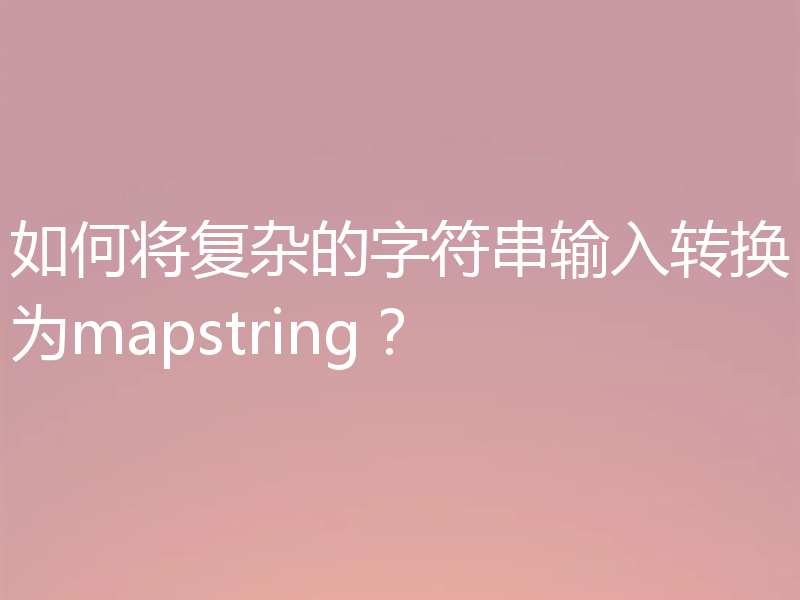
- Golang · Go问答 | 1年前 |
- 如何将复杂的字符串输入转换为mapstring?
- 440浏览 收藏
-
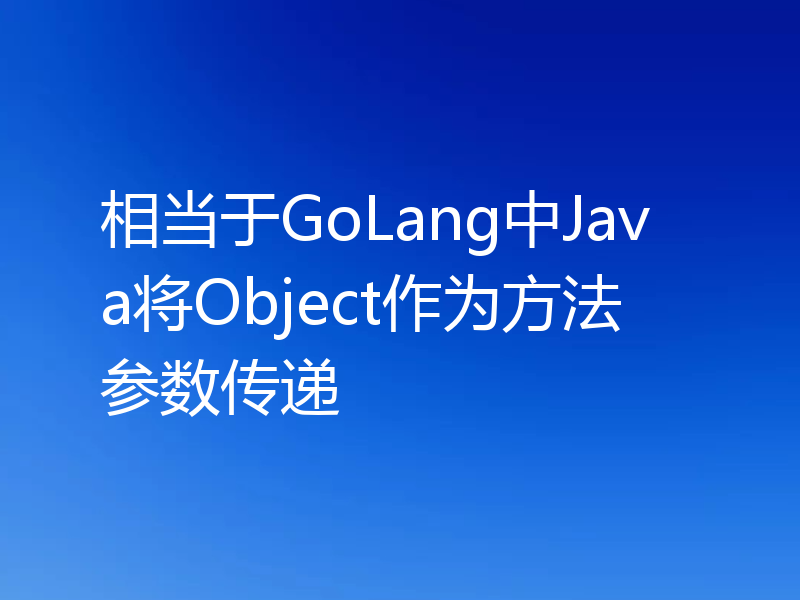
- Golang · Go问答 | 1年前 |
- 相当于GoLang中Java将Object作为方法参数传递
- 212浏览 收藏
-

- Golang · Go问答 | 1年前 |
- 如何确保所有 goroutine 在没有 time.Sleep 的情况下终止?
- 143浏览 收藏
-

- 前端进阶之JavaScript设计模式
- 设计模式是开发人员在软件开发过程中面临一般问题时的解决方案,代表了最佳的实践。本课程的主打内容包括JS常见设计模式以及具体应用场景,打造一站式知识长龙服务,适合有JS基础的同学学习。
- 543次学习
-

- GO语言核心编程课程
- 本课程采用真实案例,全面具体可落地,从理论到实践,一步一步将GO核心编程技术、编程思想、底层实现融会贯通,使学习者贴近时代脉搏,做IT互联网时代的弄潮儿。
- 516次学习
-

- 简单聊聊mysql8与网络通信
- 如有问题加微信:Le-studyg;在课程中,我们将首先介绍MySQL8的新特性,包括性能优化、安全增强、新数据类型等,帮助学生快速熟悉MySQL8的最新功能。接着,我们将深入解析MySQL的网络通信机制,包括协议、连接管理、数据传输等,让
- 500次学习
-

- JavaScript正则表达式基础与实战
- 在任何一门编程语言中,正则表达式,都是一项重要的知识,它提供了高效的字符串匹配与捕获机制,可以极大的简化程序设计。
- 487次学习
-

- 从零制作响应式网站—Grid布局
- 本系列教程将展示从零制作一个假想的网络科技公司官网,分为导航,轮播,关于我们,成功案例,服务流程,团队介绍,数据部分,公司动态,底部信息等内容区块。网站整体采用CSSGrid布局,支持响应式,有流畅过渡和展现动画。
- 485次学习
-

- ChatExcel酷表
- ChatExcel酷表是由北京大学团队打造的Excel聊天机器人,用自然语言操控表格,简化数据处理,告别繁琐操作,提升工作效率!适用于学生、上班族及政府人员。
- 3180次使用
-

- Any绘本
- 探索Any绘本(anypicturebook.com/zh),一款开源免费的AI绘本创作工具,基于Google Gemini与Flux AI模型,让您轻松创作个性化绘本。适用于家庭、教育、创作等多种场景,零门槛,高自由度,技术透明,本地可控。
- 3391次使用
-

- 可赞AI
- 可赞AI,AI驱动的办公可视化智能工具,助您轻松实现文本与可视化元素高效转化。无论是智能文档生成、多格式文本解析,还是一键生成专业图表、脑图、知识卡片,可赞AI都能让信息处理更清晰高效。覆盖数据汇报、会议纪要、内容营销等全场景,大幅提升办公效率,降低专业门槛,是您提升工作效率的得力助手。
- 3420次使用
-

- 星月写作
- 星月写作是国内首款聚焦中文网络小说创作的AI辅助工具,解决网文作者从构思到变现的全流程痛点。AI扫榜、专属模板、全链路适配,助力新人快速上手,资深作者效率倍增。
- 4526次使用
-

- MagicLight
- MagicLight.ai是全球首款叙事驱动型AI动画视频创作平台,专注于解决从故事想法到完整动画的全流程痛点。它通过自研AI模型,保障角色、风格、场景高度一致性,让零动画经验者也能高效产出专业级叙事内容。广泛适用于独立创作者、动画工作室、教育机构及企业营销,助您轻松实现创意落地与商业化。
- 3800次使用
-
- GoLand调式动态执行代码
- 2023-01-13 502浏览
-
- 用Nginx反向代理部署go写的网站。
- 2023-01-17 502浏览
-
- Golang取得代码运行时间的问题
- 2023-02-24 501浏览
-
- 请问 go 代码如何实现在代码改动后不需要Ctrl+c,然后重新 go run *.go 文件?
- 2023-01-08 501浏览
-
- 如何从同一个 io.Reader 读取多次
- 2023-04-11 501浏览



